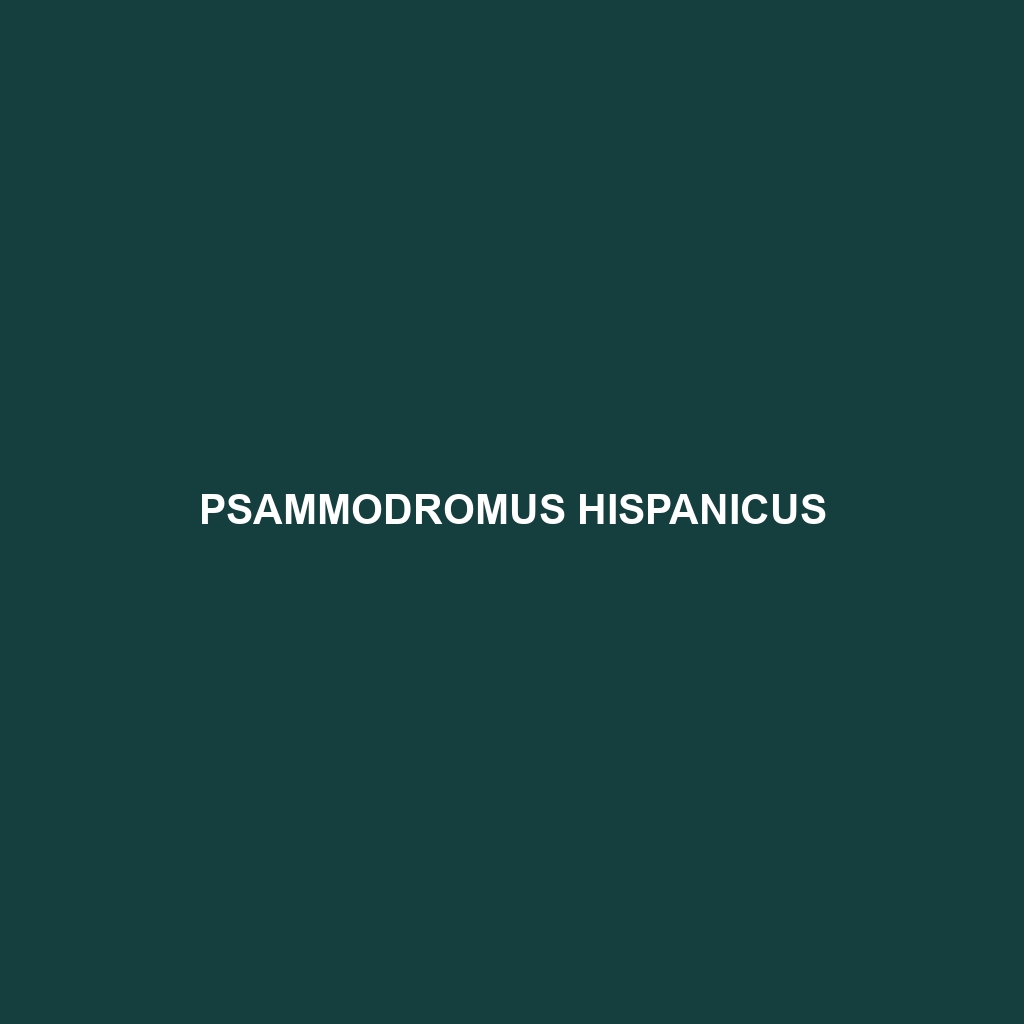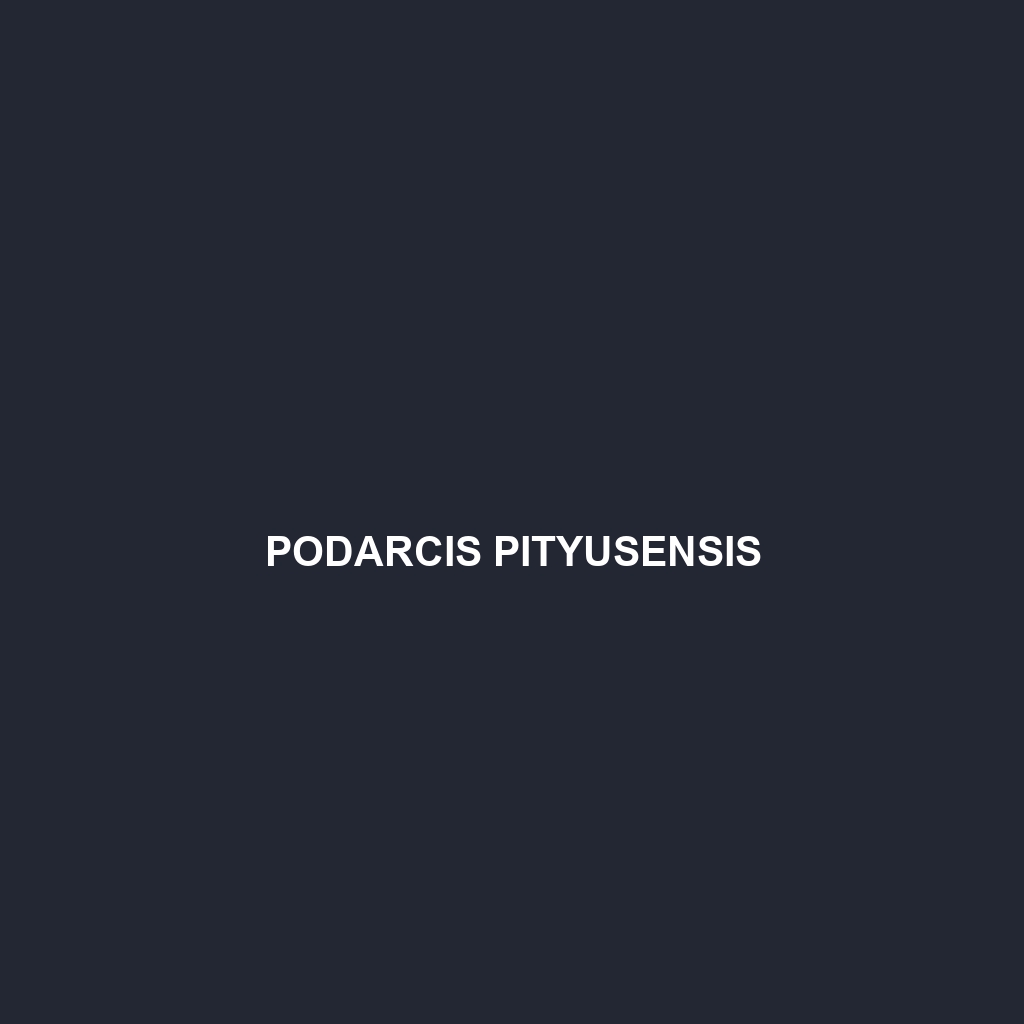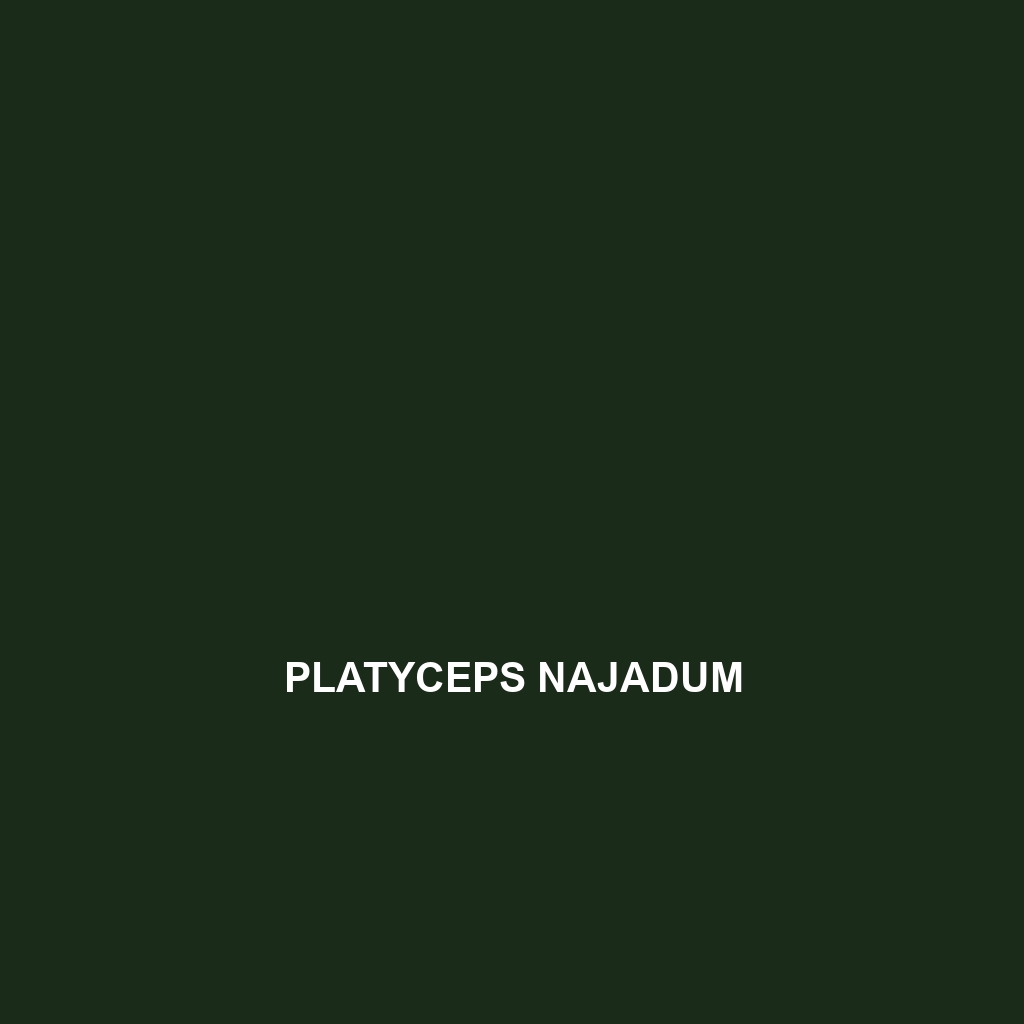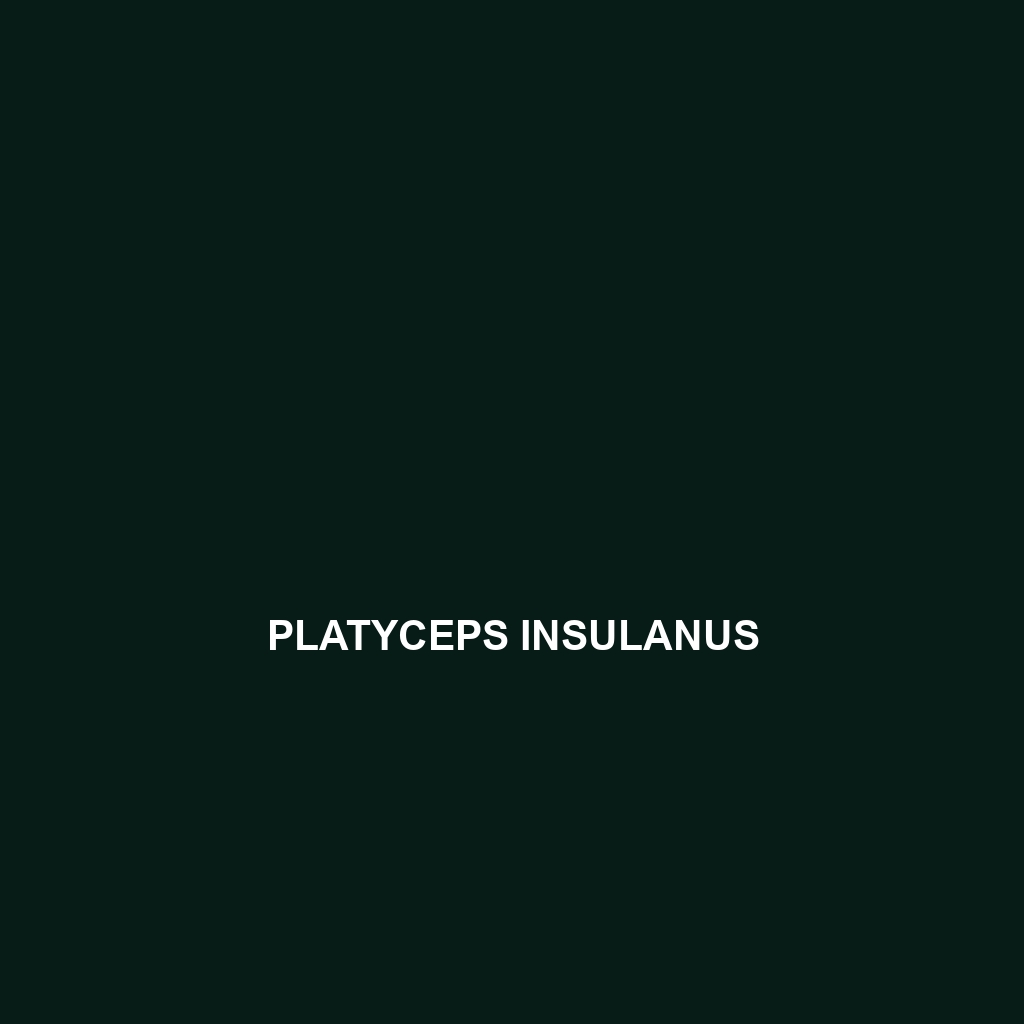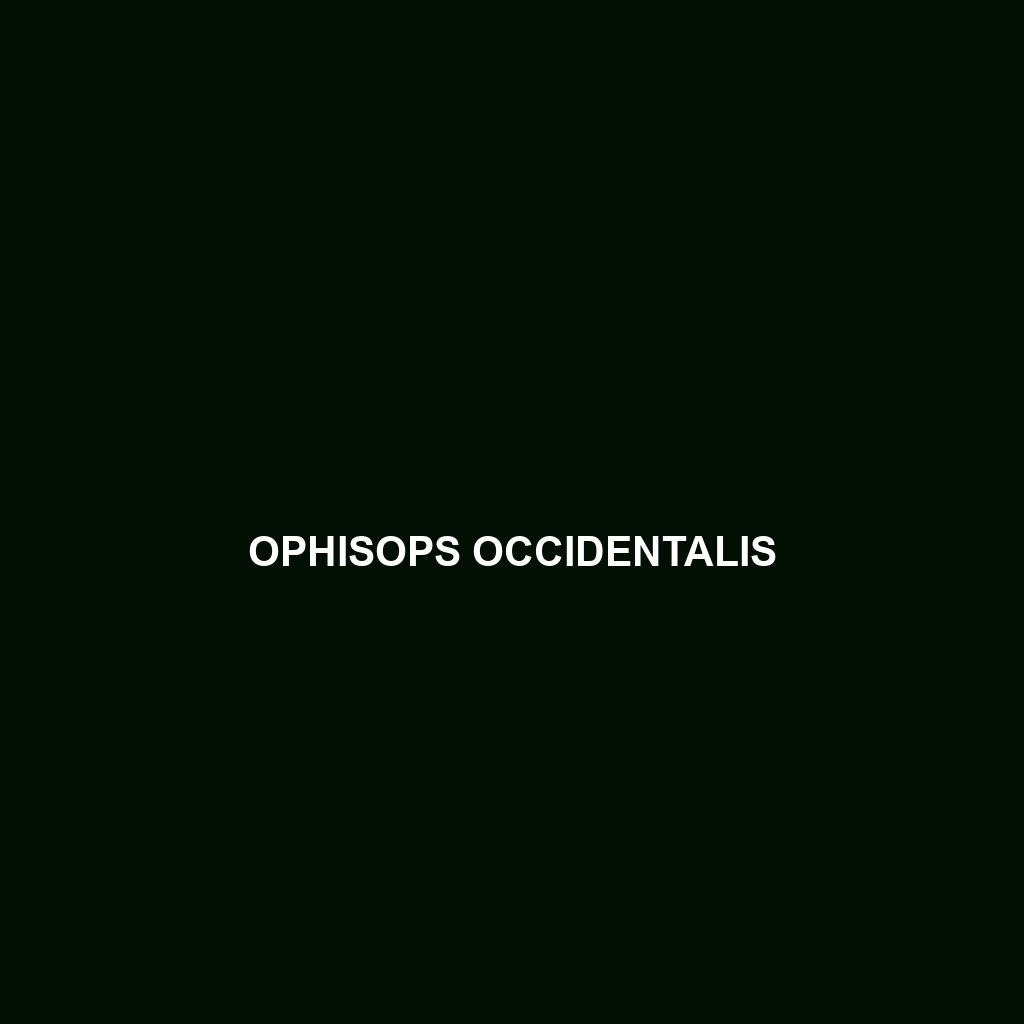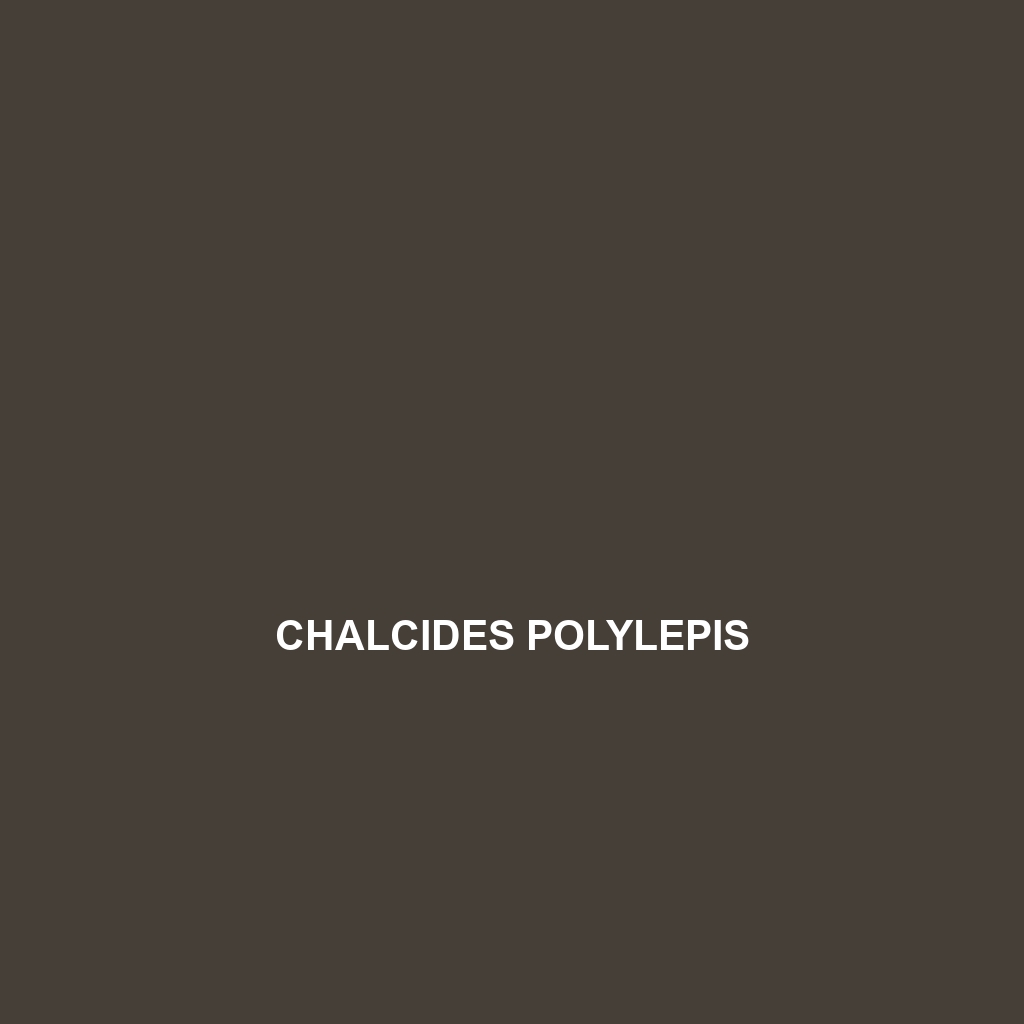<b>Psammodromus hispanicus</b>, commonly known as the Iberian sand racer, is a slender, diurnal lizard found in the southeastern regions of Spain, thriving in warm, sandy habitats. With a striking coloration and impressive agility, it primarily feeds on insects and plays a crucial role in regulating local ecosystems.
Tag: Mediterranean biodiversity
Psammodromus hispanicus
<b>Psammodromus hispanicus</b>, commonly known as the Iberian sand racer, is a slender, diurnal lizard found in the southeastern regions of Spain, thriving in warm, sandy habitats. With a striking coloration and impressive agility, it primarily feeds on insects and plays a crucial role in regulating local ecosystems.
Podarcis virescens
<b>Podarcis virescens</b>, commonly known as the green lizard, is a vibrant insectivorous species native to the Mediterranean region, characterized by its striking green coloration and length of 20 to 30 cm. Thriving in varied habitats and exhibiting fascinating behaviors, it plays a vital role in controlling insect populations and serves as prey for larger predators.
Podarcis pityusensis
Podarcis pityusensis, commonly known as the Pityusic lizard, is a small, agile lizard found in the rugged coastal habitats of the Pityusic Islands in the Mediterranean. With its insectivorous diet and vibrant coloration, especially during breeding season, this species plays a vital role in its ecosystem, balancing insect populations while serving as prey for various predators.
Podarcis gaigeae
Podarcis gaigeae, commonly known as Gaige's Wall Lizard, is a slender, diurnal species found in the Mediterranean region, characterized by its striking coloration and agile behavior. Thriving in diverse habitats, this insectivorous lizard plays a vital role in maintaining ecological balance while exhibiting fascinating adaptations such as tail autotomy for escape.
Platyceps najadum
Discover the Mediterranean Sand Snake, or <b>Platyceps najadum</b>, a slender, agile reptile thriving in sandy soils and diverse Mediterranean habitats. With its unique burrowing abilities and striking coloration, this fascinating insectivore plays a vital role in maintaining ecological balance while showcasing intriguing behaviors during its mating season.
Platyceps insulanus
Discover the Platyceps insulanus, or Insular Snake, a slender and agile reptile native to the Mediterranean islands, particularly Sardinia and Sicily. Recognizable by its light brown coloration adorned with darker blotches, it thrives in dry, rocky environments and plays a crucial role in maintaining ecosystem balance through its carnivorous diet of small mammals, lizards, and birds.
Ophisops occidentalis
<p><b>Ophisops occidentalis</b>, or the Western Snake-eyed Skink, is a diurnal insectivore native to the Mediterranean regions of North Africa and Southern Europe. With its distinctive 'snake-eyed' appearance and ability to thrive in various habitats, this resilient skink plays a crucial role in regulating insect populations and serves as prey for larger predators.</p>
Chalcides parallelus
Discover the Chalcides parallelus, or parallel skink, a diurnal reptile found in Mediterranean coastal regions known for its elongated body, distinctive dark stripes, and ability to regenerate its tail. This fascinating species thrives in diverse habitats while playing a crucial role in maintaining ecological balance as both predator and prey.
Chalcides ebneri
<h2></h2> <p>Discover the <b>Chalcides ebneri</b>, or Ebner's skink, a diurnal species native to the Mediterranean regions of Europe, featuring a sleek, elongated body measuring 15 to 25 cm, smooth scales in various shades, and a diet of small invertebrates. This vulnerable skink is known for its habitat in dry, rocky areas and its fascinating ability to regenerate its tail, playing a crucial role in maintaining ecological balance.</p>

